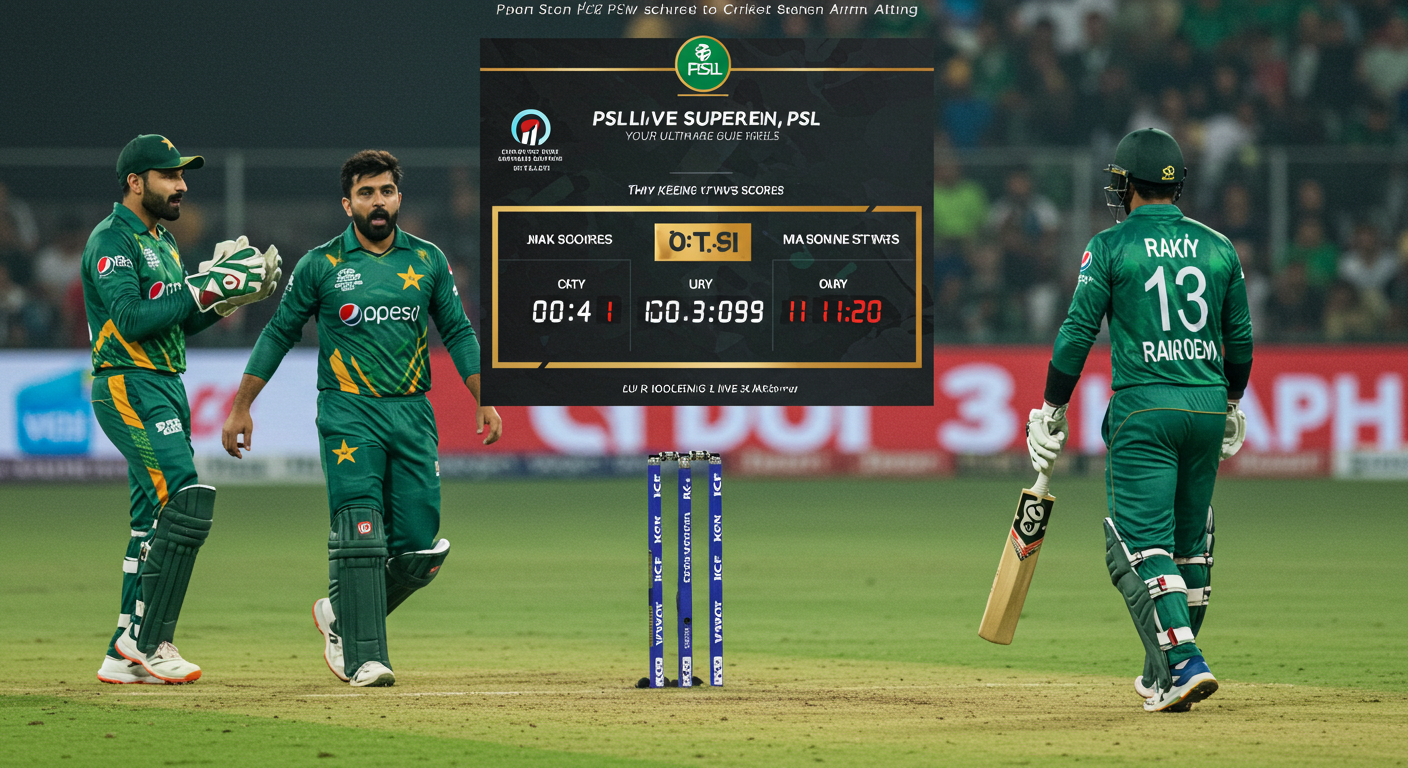Pakistan’s Cricket Woes: A Deep Dive into Recent Struggles

Pakistan’s Cricket Woes: A Deep Dive into Recent Struggles
Pakistan’s cricket team, once a force to be reckoned with on the world stage, has unfortunately experienced a period of significant struggles in recent years. From fluctuating performances to persistent controversies, the team has faced numerous challenges that have impacted its reputation and on-field success. This article delves into the multifaceted reasons behind Pakistan’s recent cricketing woes, analyzing the key factors contributing to their downturn and examining possible solutions for a resurgence.
A History of Glory and Recent Disappointments: For a long time, Pakistan’s cricketers have delivered moments of electrifying brilliance. From Imran Khan’s iconic leadership to the explosive batting of Misbah-ul-Haq and the phenomenal bowling prowess of Wasim Akram and Waqar Younis, Pakistan has showcased exceptional talent. But recent years have witnessed a marked decline in their consistent performances, particularly in major tournaments. This article aims to understand the underlying reasons behind this shift in fortunes and explore potential paths to recovery.
The Shifting Sands of Team Dynamics
Cricket, like any team sport, relies heavily on the chemistry between players. However, in recent times, Pakistan has battled internal conflicts and leadership issues that have often translated directly onto the field. The constant jockeying for positions and the evolving dynamics within the team often lead to cracks in the team’s camaraderie. The lack of a clear and consistent leadership structure throughout the recent years has negatively affected decision-making, creating a confusing atmosphere in the team.
Furthermore, the pressure to perform under immense scrutiny can be overwhelming. Pakistan’s passionate fanbase, while supportive, can also be critical. This often leads to heightened tension, putting pressure on players to deliver consistently, and potentially hindering their performance.
The Role of Coaching and Management
The selection of the right coaching staff, their tactical approach, and the overall management style play a crucial role in shaping team performance. Effective coaching ensures that players are trained adequately, their skills honed to perfection, and a tactical strategy that empowers them on the field. Unfortunately, Pakistan’s recent coaching appointments have sometimes faced criticism regarding their approach and suitability.
Poor management structures can also significantly impact a team’s performance. Efficient management systems ensure clear communication, proper resources, and the ability to adapt to changing circumstances. Unfortunately, in some recent situations in Pakistan’s cricket, concerns regarding these management systems have emerged, potentially undermining the team’s efficiency.
Technical Shortcomings and Skill Gaps
An examination of Pakistan’s recent performances reveals an issue with consistency in technical aspects. Areas like batting technique, bowling variations, and field placements have sometimes lacked the precision and efficiency needed to consistently outperform opponents. This is further complicated by inconsistencies in player fitness and conditioning.
Furthermore, the team has struggled to adapt to the evolving nature of international cricket. The introduction of new playing formats and aggressive tactics has sometimes presented challenges for the team, often leaving them struggling to adjust on the field.
The Impact of External Pressures
External pressures can dramatically affect team performance. Political issues, socio-economic factors, and personal struggles among players can undoubtedly impact their mental state and performance levels. Pakistan’s cricketing journey has not been insulated from these external forces. Players have often faced pressure from the media, the public, and social media, which can negatively affect their performance.
Financial constraints and issues with infrastructure can also impact the development of young players and training facilities. The lack of adequate facilities in some areas can hamper the progress of aspiring cricketers and restrict the team’s growth.
Possible Solutions: A Path Forward
To navigate these challenges, Pakistan’s cricket board must prioritize a multifaceted approach. They must focus on creating a robust and stable leadership structure within the team, ensuring clear communication and decision-making processes. This structure should emphasize the importance of teamwork, trust, and positive team dynamics. A robust evaluation and recruitment process for coaches and managers is also imperative, ensuring they are properly equipped to understand the nuances of modern cricket.
Investing in player development and training programs will also be essential. Focusing on skills refinement, fitness, and mental resilience will equip players with the tools they need to cope with the pressures of international cricket. This should include strategies to mitigate the potential impact of external pressures.
Looking Ahead
Pakistan’s cricket journey is undeniably a complex one. It’s a journey that requires acknowledging the past struggles, understanding the contributing factors, and taking proactive steps toward a resurgence. By addressing these issues head-on and working towards fostering a conducive environment for both players and the team, Pakistan has the potential to recapture its former glory and shine once again on the world stage.
Conclusion
Pakistan’s recent struggles in cricket are a multifaceted issue, with no single solution. The road to recovery will be challenging, demanding a comprehensive approach that addresses team dynamics, coaching effectiveness, player development, and the impact of external pressures. Only through a concerted effort will Pakistan’s cricket team be able to overcome its recent setbacks and return to its winning ways.
For cricket fans around the world, the future of Pakistan’s team is a matter of great interest. Can they reclaim their position as a prominent force in international cricket? Time will tell.